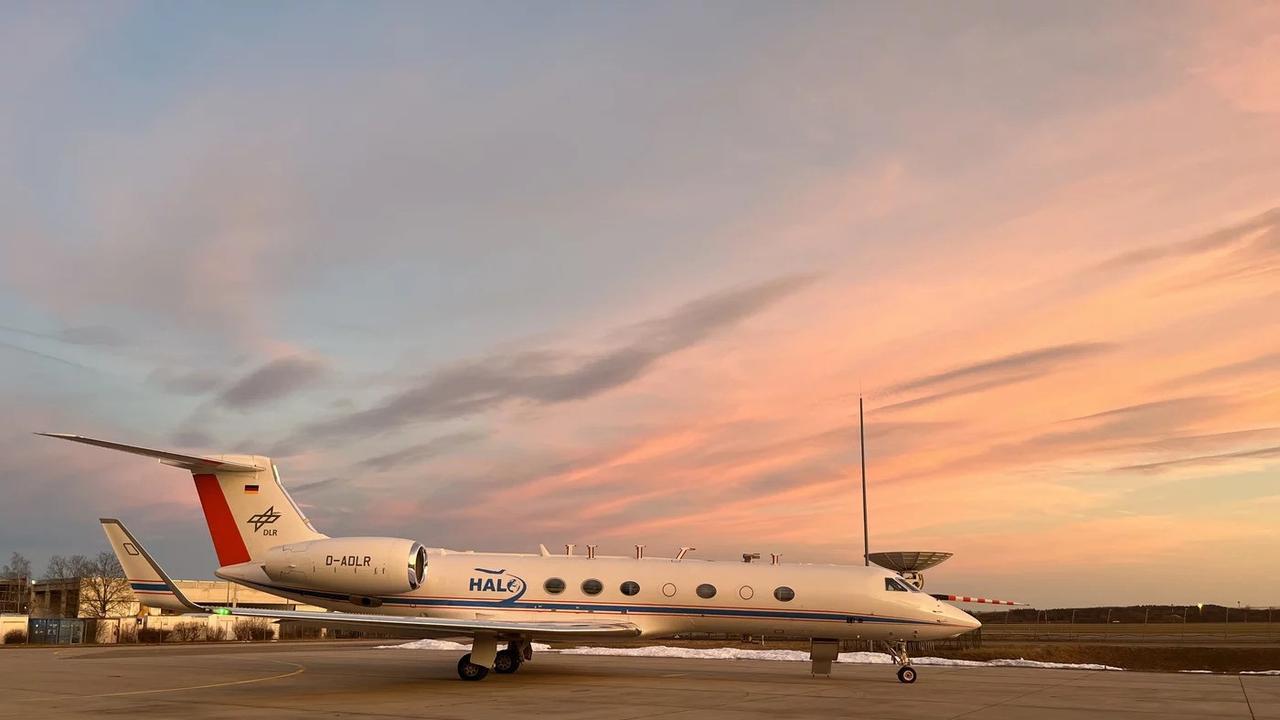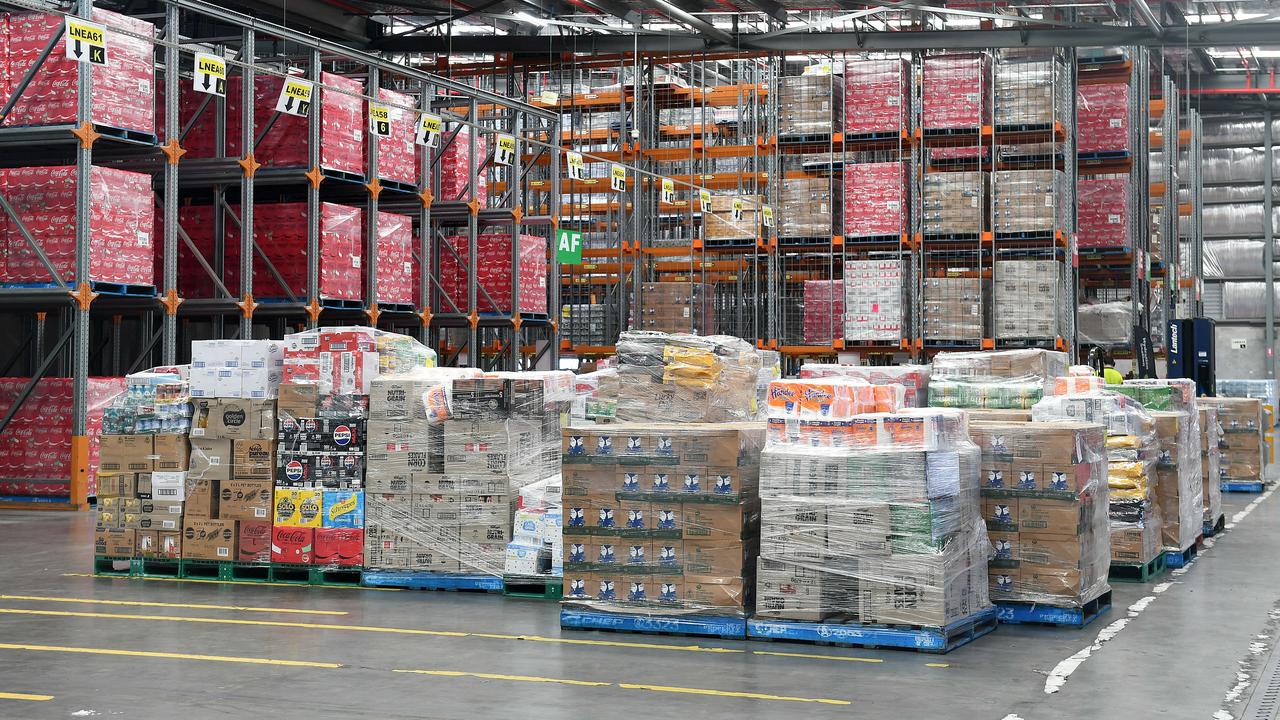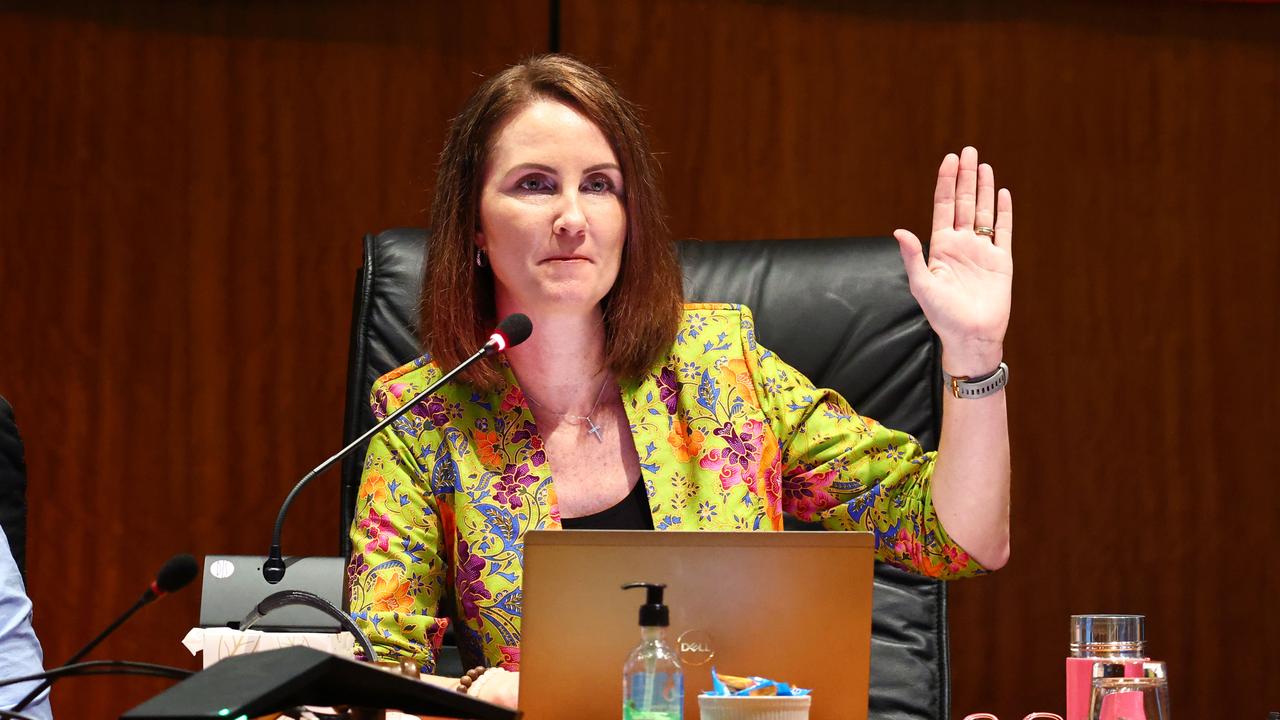Start of major aircraft climate measurement campaign in Cairns and the Pacific
A high-flying crack team of international scientists have flown into Cairns for the next stage of their global research expedition. Read why Cairns was chosen for the teams atmospheric research aboard a high-tech, high altitude long range aircraft.

Cairns
Don't miss out on the headlines from Cairns. Followed categories will be added to My News.
A high-flying crack team of international scientists have flown into Cairns for the next stage of their global research expedition.
The CAFE-PACIFIC mission, co-ordinated by the Max Planck Institute for Chemistry and Goethe University Frankfurt in Germany, investigates photochemical processes and aerosol formation in the tropical troposphere using the high-altitude long range aircraft (HALO) and is the third and final project in a series that has encompassed similar studies in Africa and the Amazon.
The science team is planning a total of around 120 flight hours by the end of February, which means 15 takeoffs and landings from Cairns Airport.
During each flight, four researchers will be on board to monitor the 15 different measuring instruments and maintain contact with their colleagues on the ground.
The research aircraft has been equipped with highly sensitive mass spectrometric and optical instruments.

The scientists will use the measuring instruments to characterise atmospheric oxidation mechanisms and record the formation and growth of aerosol particles in the upper troposphere.
The troposphere is the lowest layer of the atmosphere and extends up to a height of around 16km in the tropics and up to 8km at the poles.
As the troposphere contains almost all the water in our atmosphere, it is here that our daily weather with all its facets and clouds is played out.
The driving force behind our weather is the varying intensity of solar radiation, which heats Earth’s surface.
As warm air rises and cold air sinks, the troposphere is mixed by vertical flows (convection).
As a result of the high water temperatures that prevail here, the high-reaching cloud convection in this region is the strongest in the world.

“In the course of the CAFE missions, we have collected data under pristine conditions in the Amazon region and in regions where a lot of biomass is burned,” Jos Lelieveld, director of the Atmospheric Chemistry Department at the Max Planck Institute for Chemistry, said.
“We will compare and combine these results with the data that we will now measure over the Pacific.
“We expect to gain fundamental insights into natural tropospheric chemistry and aerosol processes in terrestrial and marine environments in the tropics.”
The measurements taken will also serve as the basis for computer models that depict the chemical processes and atmospheric feedback mechanisms of the Earth system and that are intended to predict future climate developments.
More Coverage
Originally published as Start of major aircraft climate measurement campaign in Cairns and the Pacific








